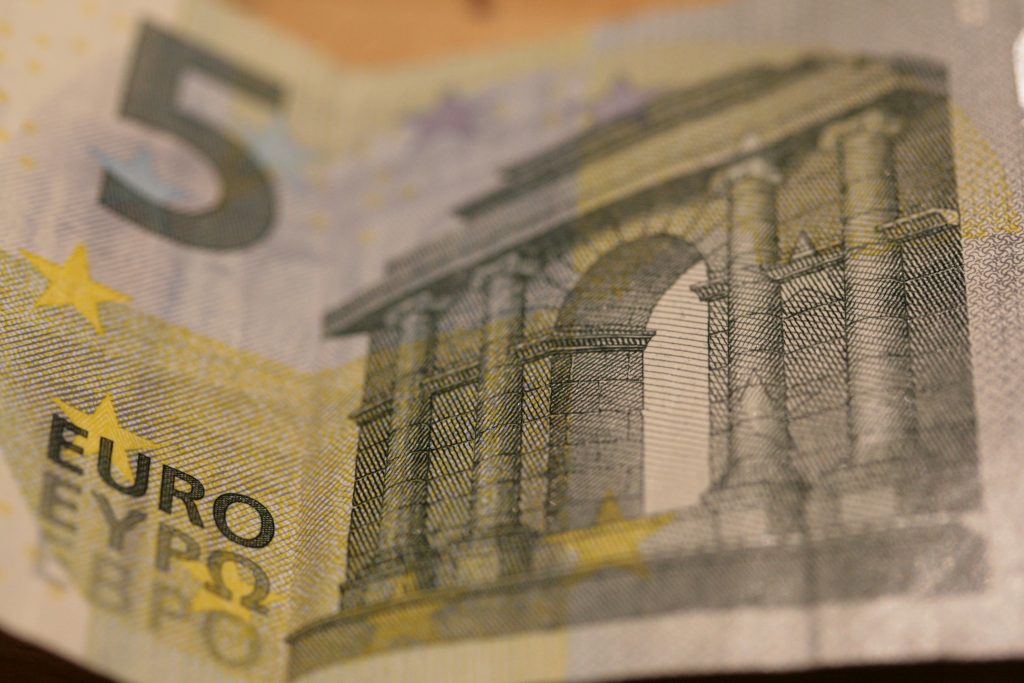The case for a European tax: Benefits, practical aspects and options for endowing the EU with a veritable own resource

The EU is currently financed by three revenue sources: i) custom and agricultural levies (the so-called TOR, or ‘traditional own resources’); ii) a levy on national VAT receipts and iii) member states’ contributions paid according to GNI levels (also called the ‘fourth resource’).
Initially conceived to play a residual role, over the last decade this ‘fourth resource’ has come to represent three-quarters of total revenues. This strong dependency on national contributions presents a number of problems. First, it contradicts Art 269 TEC (retained in the Treaty of Lisbon), which prescribes that “without prejudice of other revenue, the budget shall be financed wholly from own resources”. Secondly, the overt character of national contributions, which have a clear link to the national treasuries, feeds the tendency of member states to calculate their net budgetary return (that is, the difference between what they pay and what they receive from the EU) and to focus on maximising this return in EU budgetary negotiations. Thirdly, a budget financed by national contributions might be adequate for an international organisation such as the UN but it does not reflect the status of the European Union. Taking the national government as the sole unit of contribution is not coherent with a Union defined in the Treaties as a community not only of member states but also of citizens. It is, in particular, at odds with current EU efforts to make the EU more democratic and closer to citizens.




